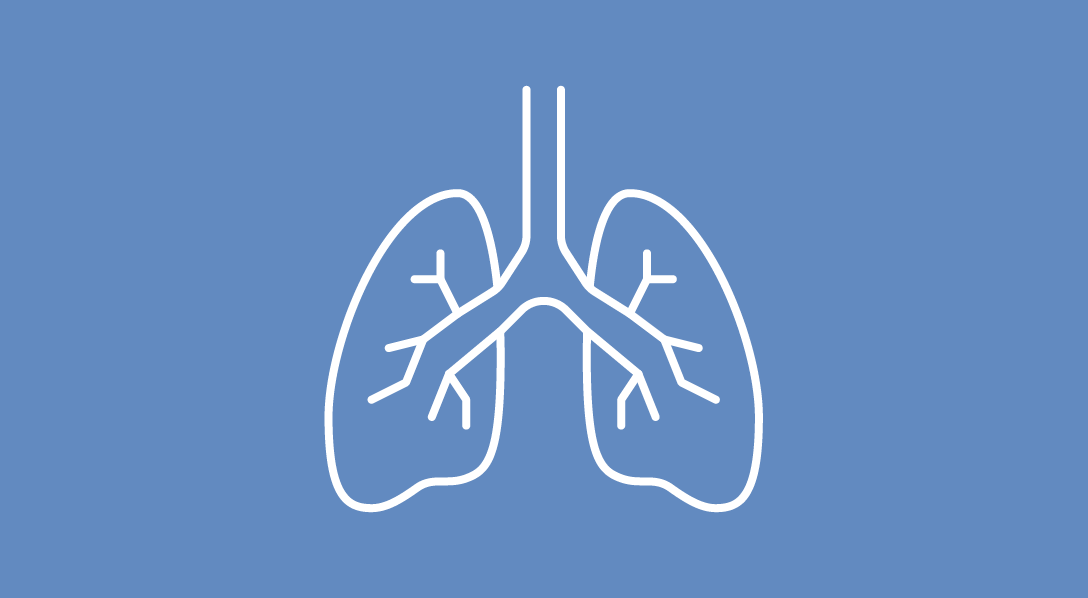Concurrent Chemoradiotherapy with SBRT Demonstrates Favorable Activity in NSCLC
While the phase 2 trial did not meet its primary endpoint, it demonstrated that SBRT plus concurrent radiotherapy yielded better results than those observed in previous studies.
SBRT followed by concurrent chemoradiotherapy shows promising anti-tumor activity and safety in locally advanced NSCLC.

Compared to other chemoradiotherapy regimens for locally advanced NSCLC, a combination of primary lung tumor stereotactic body radiotherapy (SBRT) followed by concurrent mediastinal chemoradiotherapy demonstrated favorable anti-tumor activity and safety in a phase 2 trial (NCT03141359) published in Lancet Oncology, although the trial did not meet its primary endpoint of 1-year progression-free survival (PFS).1
As of the data cutoff, with a median follow-up of 29.5 months (IQR, 14.9-47.1), the 1-year PFS rate was 62.7% (90% CI, 51.2%-73.2%; P = .36, compared with the historical control rate); 37 of 59 patients were alive and progression-free 1 year post-enrollment. Of the 22 who weren’t, 14 patients progressed, and 8 died. In patients who received durvalumab (Imfinzi), 1-year PFS was 69.6% (90% CI, 56.6%-80.6%; P = .12, compared with the historical control rate); 32 of 46 patients given durvalumab were progression-free and alive, and 27 had disease progression or died at the time of analysis.
The authors specifically noted that, although the trial did not hit its primary end point, when compared with other studies—particularly the phase 3 PACIFIC study (NCT02125461)—1-year PFS data were improved, with 69.6% vs the rate of 55.7% in the PACIFIC trial.2
At least 1 treatment-related adverse event (TRAE) of grades 1 or 2 occurred in 54% of patients; the most common included fatigue (49%), dysphagia (38%), nausea (33%), and dyspnea (25%).1 Of grade 3 toxicities, TRAEs occurred in 30% of patients; the most common were decreased neutrophil count (8%), decreased white blood cell count (7%), and anemia (7%). Grade 4 TRAEs occurred in 7% of patients, which included decreased neutrophil count (7%), acute kidney injury (2%), decreased white blood cell count (2%), lung infection (2%), and decreased platelet count (2%). Grade 5 TRAEs occurred in 7% of patients; they were respiratory failure (3%), lung infection (2%), pneumonitis (2%), and dyspnea (2%).
The findings of this phase 2 trial are being further investigated in an ongoing, randomized phase 3 study (NCT05624996).
“This single-arm phase 2 study, evaluating full-dose SBRT to the primary tumor followed by conventional chemoradiotherapy to the involved nodes and consolidation immunotherapy, showed promising activity and safety,” lead study author John H. Heinzerling, MD, a radiation oncologist at Atrium Health, Levine Cancer Institute, and NorthEast Radiation Therapy Center, and coauthors wrote in the study.1 “We eagerly anticipate the results of the randomized phase 3 trial comparing this regimen with standard chemoradiotherapy in locally advanced NSCLC.”
A total of 61 patients were enrolled in the trial; the median age was 67 years (IQR, 61-72). As the concurrent chemotherapy regimen, 77% received paclitaxel (Taxol) plus carboplatin, 16% received etoposide plus cisplatin, 3% received etoposide plus cisplatin and paclitaxel plus carboplatin, and 3% received no chemotherapy. At least 1 dose of durvalumab was given to 77% of patients; the median number of cycles received was 7 (IQR, 2-12), and the median duration of durvalumab therapy was 7.6 months (IQR, 3.0-10.8).
All patients received SBRT delivered to the primary tumor at a dose of 50 to 54 Gy in 3 to 5 fractions; often, peripheral tumors were given 50 to 54 Gy in 3 to 4 doses, and central tumors were mandated 50 Gy in 5 fractions. Following SBRT, patients received concurrent chemoradiotherapy to the involved nodal disease for up to 60 Gy in thirty 2 Gy fractions; radiotherapy began within 48 hours of the first chemotherapy cycle. Daily cone beam CT treatment was given to all patients for conventional radiotherapy to the involved nodal disease, with SBRT directed to the primary tumor.
Chemotherapy dosage was determined by the treating investigator and followed one of the following standard-of-care regimens: 50 mg/m2of intravenous paclitaxel with area under the curve 2 mg/mL per min of carboplatin every 7 days during radiotherapy for a total of six 1-week cycles; or 50 mg/m2 per day of intravenous etoposide on days 1 to 5 and 29 to 33 with 50 mg/m2 per day of cisplatin on days 1, 8, 29, and 36 for 2 cycles of 4 weeks.
For patients without progressive disease who received consolidation durvalumab, administration began within 42 days of chemoradiotherapy and was given at 10 mg/kg intravenously on days 1 and 15 for up to twelve 4-week cycles.
Inclusion criteria included an age of 18 years or older, pathologic diagnosis of unresectable stage II or III NSCLC, evidence of a primary tumor based on chest CT and PET/CT imaging, at least cN1 disease, an ECOG performance status of 0 to 2, and adequate hematological and renal function for chemotherapy.
Patients who received prior therapy were not eligible for participation in the trial.
References
- Heinzerling JH, Mileham KF, Robinson MM, et al. Primary lung tumour stereotactic body radiotherapy followed by concurrent mediastinal chemoradiotherapy and adjuvant immunotherapy for locally advanced non-small-cell lung cancer: a multicentre, single-arm, phase 2 trial. Lancet Oncol. Published online November 27, 2024. doi:10.1016/S1470-2045(24)00573-4
- Spigel DR, Faivre-Finn C, Gray JE, et al. Five-year survival outcomes from the PACIFIC trial: durvalumab after chemoradiotherapy in stage III non-small-cell lung cancer [published correction appears in J Clin Oncol. 2022 Jun 10;40(17):1965. doi: 10.1200/JCO.22.01023]. J Clin Oncol. 2022;40(12):1301-1311. doi:10.1200/JCO.21.01308


